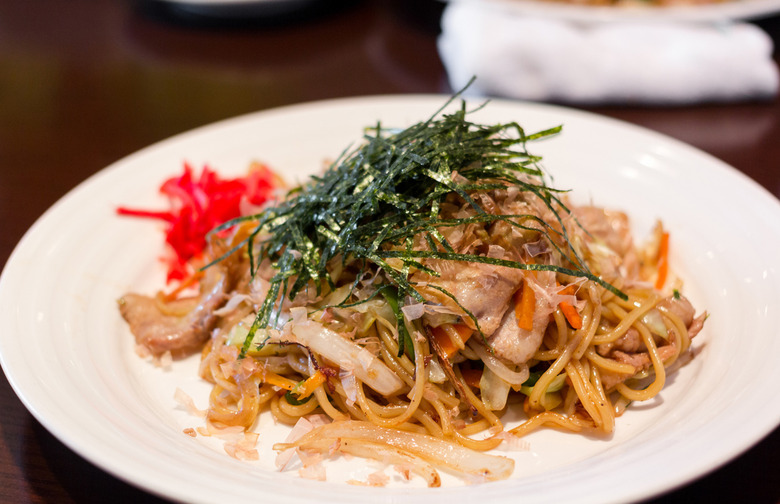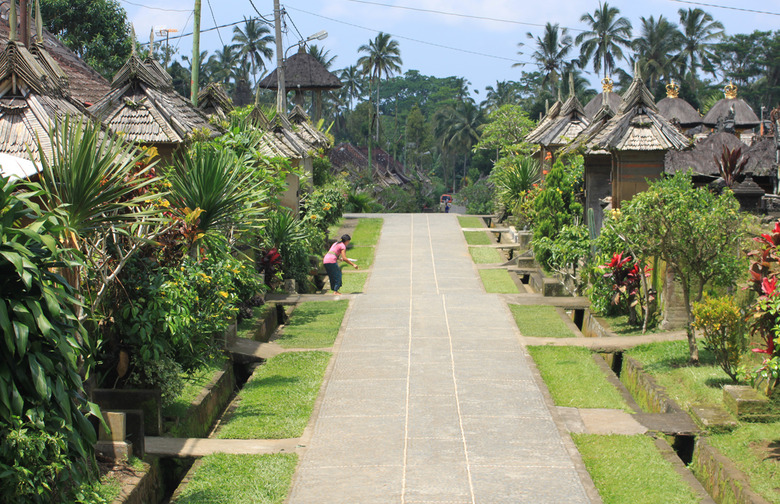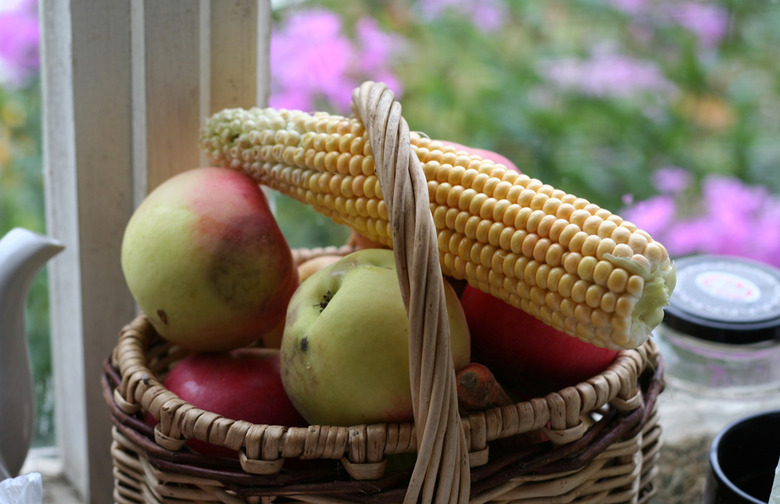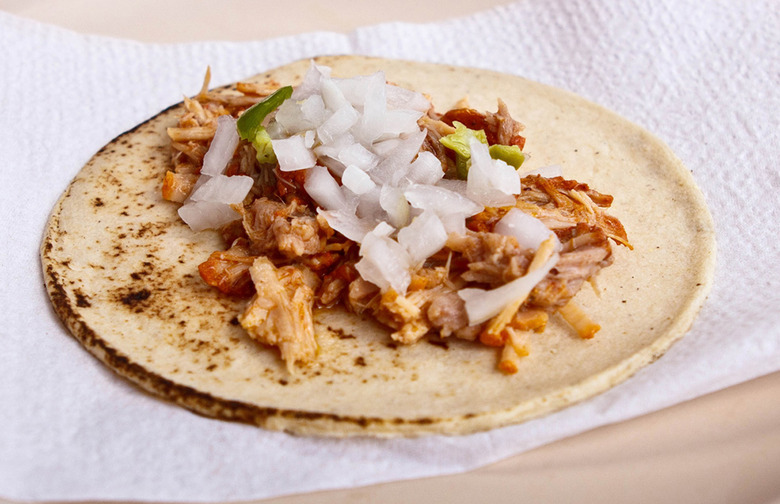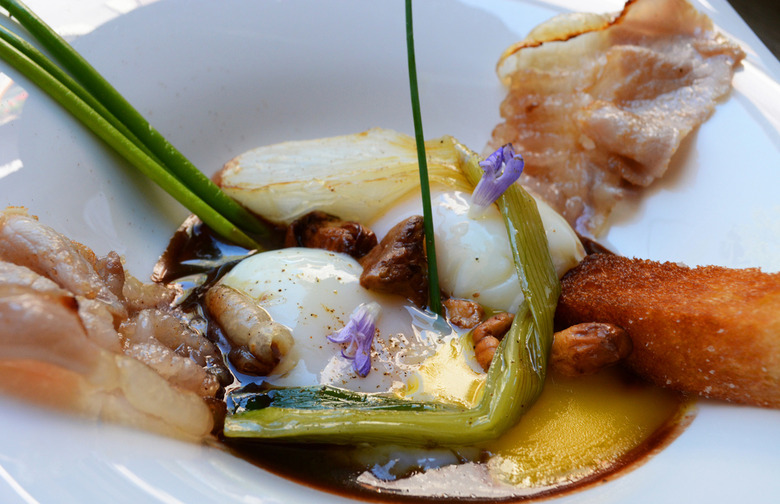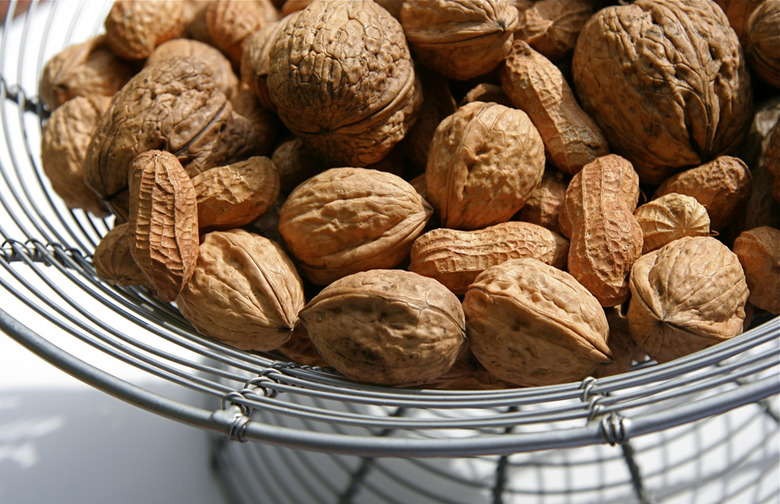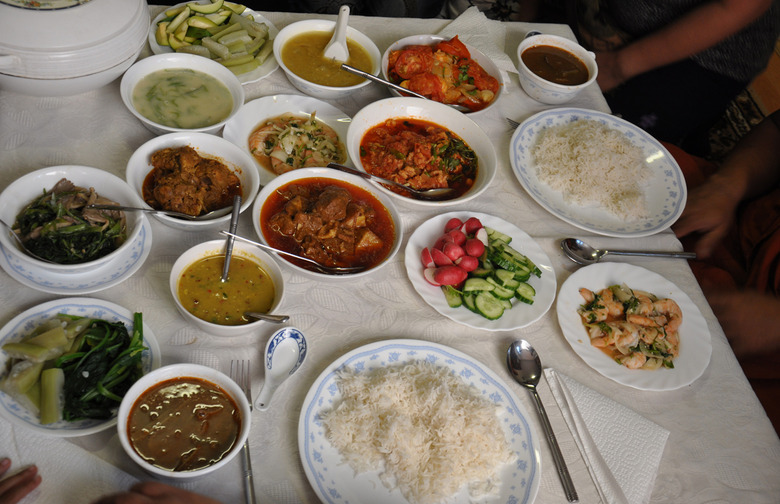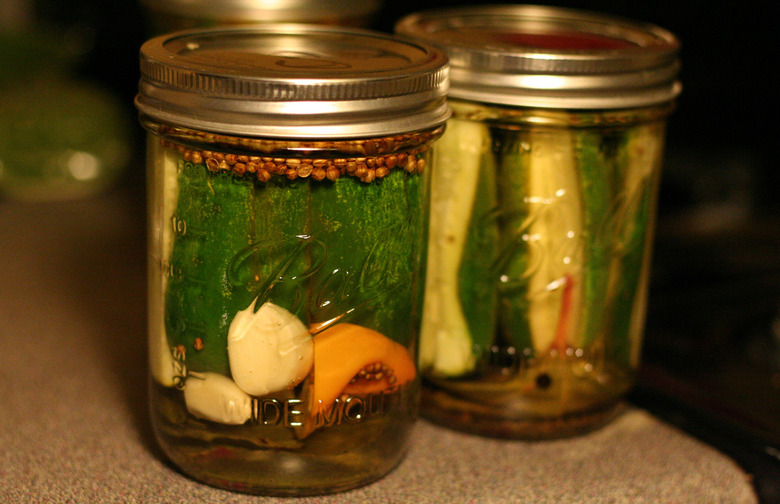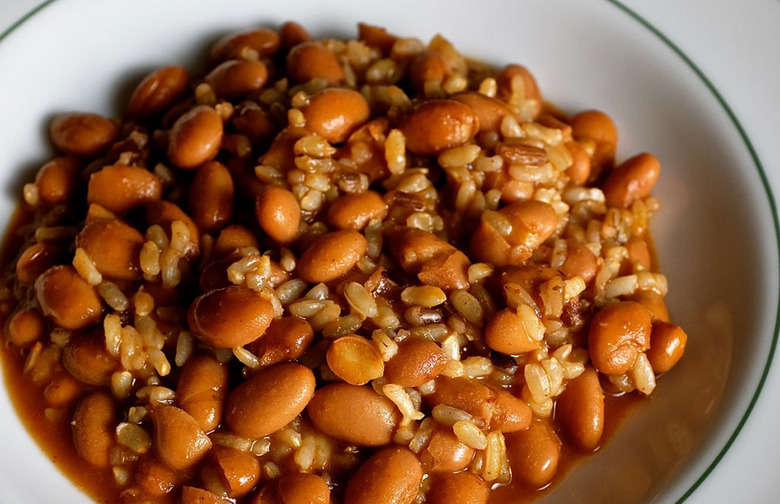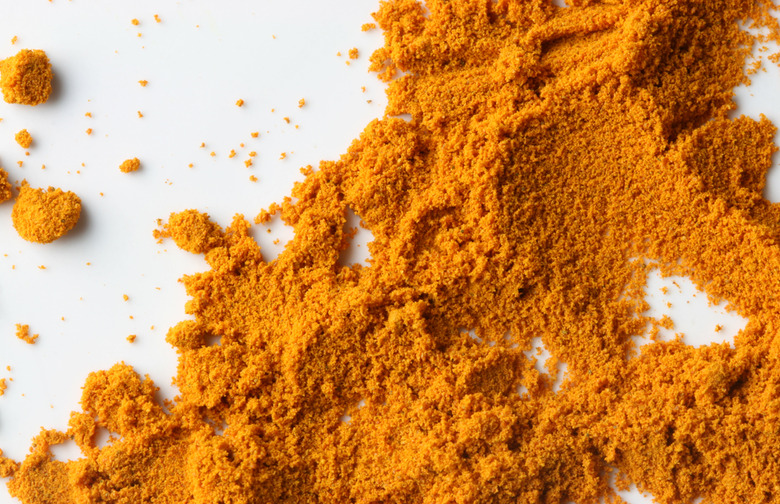18 Weight-Loss Tips From Around The World
We may all benefit from seeing how other countries stay happy and healthy through their diets. Being a dietary expat may prove to be a wise move. By incorporating some of the following tips into your nutritional regimen you may find yourself feeling not only cool and worldly but, most importantly, healthy as well.
Chiles in Thailand
Thailand's cuisine includes plenty of notoriously spicy chiles, and it's the spice that makes them beneficial for weight-loss. By incorporating spicy chiles into your diet, you are consuming more capsaicin. Capsaicin helps not only with appetite suppression but also with thermogenesis (heat production that can increase energy expenditure).
Don't Clean Your Plate in Japan
The Japanese practice of hara hachi bu supports a healthy diet by counseling that you should eat until you are just 80 percent full. While quantifying fullness may in fact be difficult, the mindfulness that this approach supports will often lead to lower calorie consumption by its followers.
Fasting in Indonesia
In Indonesia, the fasting practice of mutih involves eating only tasteless foods like white rice and drinking water in an effort to survive solely on the necessities. Traditionally, the fasting was practiced from dawn until dusk, at which point the fast could be broken. Beginning such a practice can oftentimes shock the body, resulting in not only desired weight-loss, but also a mental cleanse.
Grass-Fed Cows in Argentina
Argentina, a country where its citizens thrive on beef, has been leading the grass-fed movement for quite some time. While Americans also enjoy beef, the difference is in the animals' food source. American, grain-fed cows tend to be fattier than the grass-fed cows of Argentina. It should go without saying that leaner beef leads to leaner bodies.
Grow Your Own Fruits and Veggies in Russia
In Russia, small, rural dacha communities were created in order to provide both crops and getaways for larger cities. You may include something similar to a dacha plot, the small gardens housed within a dacha community, in your own landscape. These pieces of land promote self-reliance, health, and weight-loss by allowing you to pick, choose, and grow your own produce. By growing what you like, you not only have the ability to provide yourself with healthy options, but you can also ensure the organic quality of your food.
Incorporating Injera in Ethiopia
Eating plenty of (healthy) carbohydrates doesn't always result in weight gain. Injera, a teff flour-based sourdough flatbread, is used to soak up food in place of utensils in Ethiopia. Low in fats and low on the glycemic index, teff flour's benefits include maintaining a healthy weight and providing vital energy.
Large Lunch in Mexico
In Mexico (a country that also struggles with obesity), lunch is often far larger than dinner. By placing the largest amount of calories during an active part of the day, more of them can be utilized in an efficient manner by the body. This means that less of the food will turn into body fat and more of it will be used as fuel. Americans, who tend to eat their largest meal at night, don't use as much of their large meal as fuel.
Lengthy Meals in France
French meals are notorious for their length. With long, relaxing lunches and dinners, diners do not feel the need to stuff food down as quickly as possible. And, as it turns out, eating more slowly can help you feel full faster. This drawn-out process results in happier minds and healthier waists.
Make Nuts a Priority in Gambia
The West African country of Gambia totes a grain- and nut-friendly diet. The groundnuts that have become staples of the Gambian diet provide plenty of fat and, at nine kilocalories per gram as opposed to the four kcals in protein and carbohydrates, these fats provide a great energy boost. They also help keep hearts healthy and promote leanness through high levels of fiber and cholesterol-lowering properties.
Meat As a Side Dish in Burma
The Burmese practice of eating meat as a side dish makes sense in terms of not only body composition, but also economics. Meat is more expensive and, thus, less available. This means that the Burmese diet is based on plenty of plant-based foods and that meat is often served on the side. The results of a plant-filled, carbohydrate-based diet are lean, energy-packed bodies that don't carry the extra weight that fatty, meat-based American diets do.
Muesli in Switzerland
Swiss muesli is very similar to granola. The main difference is that all of the ingredients are raw. The high protein content of muesli helps diners feel fuller faster and so does its high fiber count. Incorporating muesli into your diet plan will also help you increase your zinc and iron intake as well as Vitamin B, a critical component in your body's food-to-energy processing.
Pickled Foods in Hungary
Hungarians aren't afraid to pickle foods, which is important to note because there is a chance that the pickling process can aid in weight-loss. While pickled foods often have high levels of sodium (a notoriously naughty additive), the vinegar used in the process may aid your quest to drop some pounds. The vinegar can fill your stomach, and it contains acetic acid which has been shown to fight against obesity.
Prioritize Breakfast in Germany
Germans truly believe that breakfast should be eaten like a king. And, as the proverb goes, they eat lunch like a prince and dinner like a pauper. This method makes sense — breakfast is the first meal of the day and, thus, your body can begin breaking its fast with a large quantity of quality food. You're putting your body in the best position to use calories as energy and to resist fat storage. Additionally, big breakfasts can curb hunger throughout the rest of the day.
Raw Herring in the Netherlands
OK, so not all herring is eaten raw — a lot of it is consumed after being pickled. The Dutch eat much higher levels of this fatty fish, which is incredibly rich in omega-3 fatty acids, than Americans do and everyone knows that these essential fatty acids are good for you. Why? They lower cortisol levels, thus decreasing the amount of fat deposited in your body.
Rice and Beans in Brazil
Together, rice and beans have been the sustenance of Brazilians for hundreds of years. In fact, much of the world has survived on this simple combination. When paired, rice and beans provide not only vital nutrients and energy, but the dish also stands as a point of cultural pride for countries like Brazil that have had it as a dietary mainstay throughout the ages. While beans may be more beneficial than rice, the fiber in these foods allows for lower cholesterol levels and a boosted metabolism — both crucial factors for someone looking to lose weight.
Rooibos Tea in South Africa
Rooibos tea, a red tea, regularly appears in the South African diet. Its list of benefits is lengthy, but, notably, it helps to promote cardiovascular health and contains plenty of polyphenols to help remedy many human ailments. The tea helps to regulate fat-storage hormones, lessening the desire to eat when stressed.
Smaller Portions in the UK
It doesn't take a professional nutritionist to see the benefits of the UK method of portioning food. While portion sizes and the all-you-can-eat style have reached an intimidating state here in America, the United Kingdom's sizing is much smaller and more reasonable. If you've visited both countries, then you'll know that a common fast food chain in the U.K. will size things much more appropriately than the same chain in America.
Turmeric in Malaysia
We've covered turmeric before. This free-radical-fighting, anti-inflammatory, diabetes-squashing, aromatic powder has not only a laundry list of benefits but also a unique (some may argue quite lovely) taste. Thus, with its prolific use in Malaysian cuisine, residents of the country get to reap the benefits of its health-boosting properties regularly. Turmeric's dietary role is that of a cholesterol-reducer (especially the "bad," LDL cholesterol) and thermogenesis-encourager.

